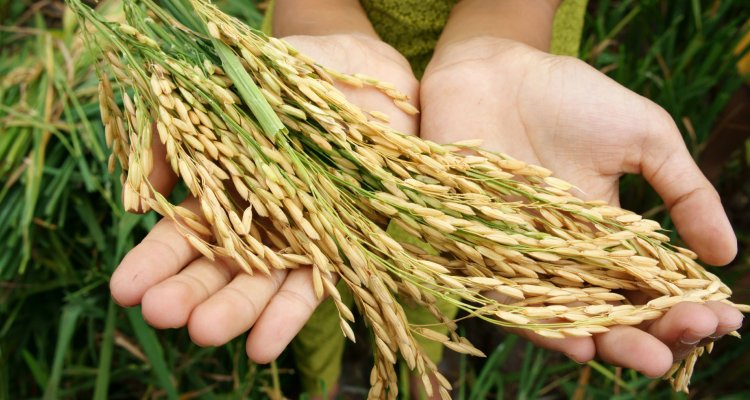
News
Removing ozone pollution provides food welfare with the right policy response
Removing ozone pollution can provide substantial food welfare benefits but might put policy makers to the test to distribute benefits equitably between winners and losers. That is what researchers at Wageningen University & Research found when modelling the effect of such a clean-up on Indian wheat production and distribution. Using a unique combination of crop yield and economic models, they show that just the right policy is needed to reap the rewards of such a change.
Getting rid of ozone pollution is a challenge in itself, but succeeding might bring about a new set of hurdles for policy makers. In a great interdisciplinary effort, Wageningen scientists researched what removing ozone pollution would mean for India in terms of wheat production and distribution. India is especially interesting in this case, because its government procures and distributes wheat in an attempt to achieve food security for the lowest income brackets. If ozone would be removed, how would that influence the yields of wheat, and how would a change in production influence farmers and consumers? How should governments react?
Dr. Roger Cremades, assistant professor of the Urban Economics Group , and his international colleagues created a vision of an ozone free future to answer some of those questions using state-of-the-art models and tailored policy analysis. Their article was published in PNAS, a well-respected journal.
A challenge to policy makers
On average, the scientists estimated that 14% of wheat production is lost to ozone pollution, adversely impacting the costs of public distribution of food. To explore these effects on different stakeholders, the scientists simulated several policy scenarios, exploring what would happen to, for example, the price of wheat, the wellbeing of citizens and the budget of governments. ‘Our combined agricultural-policy model showed that removing ozone pollution increased the production of wheat. If the government would react by fixing the amount they spend on wheat or the amount they bought, the price would then drop, hurting farmers,’ explains Cremades.
‘If the government instead fixed the price of wheat, committing to buy from farmers at that price, they would be protected from the economic loss. But, in that case, citizens do not benefit from the increased production,’ Cremades continues. ‘This is what the study makes clear: removing ozone pollution would have considerable benefits on food welfare, but policy makers will have to carefully tweak welfare and other policies to continue to support both producers and consumers, while also benefitting from the increased supply and lower prices.’ The scientists’ models will support the governments that might eventually face that challenge.
Different scientific disciplines
‘We are very proud of what we’ve achieved here,’ emphasizes Cremades. ‘The way the advancement in crop yield modelling came together with policy analysis is quite unique—a big challenge to combine.’ The economic models were tailored to the specific questions the researchers wanted to answer, taking into account the different policy scenario’s the team developed.
‘The result is what’s called an “integrated” model, meaning a model that is comprised of ideas and variables that originate in different scientific disciplines, from pollution coming from different sources like cities and energy production, to modelled crop yield estimates and detailed policy analyses of different economic scenarios. A feat of interdisciplinary science, I would say.’ Cremades believes such innovative collaborations are essential to finding the answers relevant to our future.